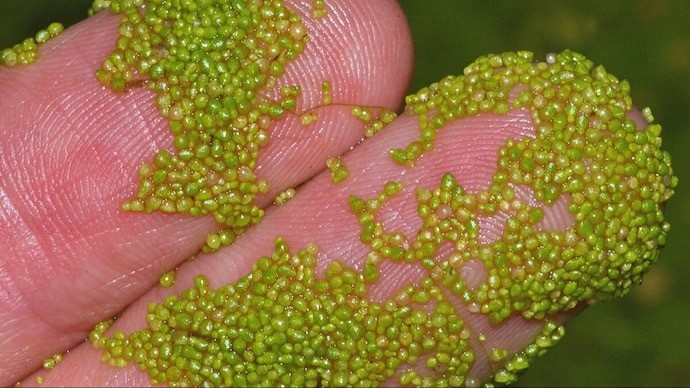Free Courses Sale ends Soon, Get It Now


Free Courses Sale ends Soon, Get It Now



Disclaimer: Copyright infringement not intended.
Context
Details
Hypergravity Experiment
Watermeal Characteristics
Potential as Space Food
Experiment Details
Potential Insights and Applications
About
Key Characteristics of Watermeal:
Ecological Significance:
Potential Applications:
Space-Based Research:
Conclusion
|
PRACTICE QUESTION Q. Which of the following statements about watermeal (Wolffia spp.) is correct? 1. It is the largest flowering plant on Earth. 2. Watermeal is typically found in fast-flowing rivers. 3. It reproduces primarily through seeds. 4. Watermeal lacks roots, stems, and true leaves. Choose the correct option: A) 1 and 2 B) 2 and 3 C) 3 and 4 D) 2 and 4 Answer: D) |
© 2024 iasgyan. All right reserved